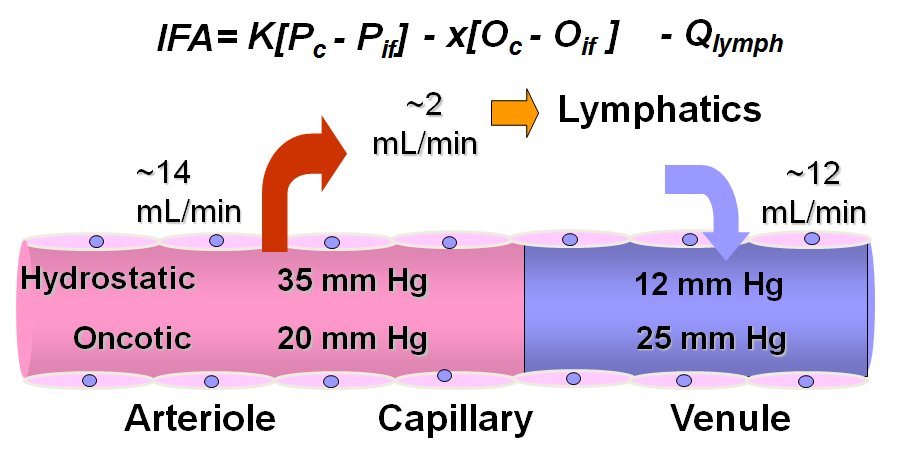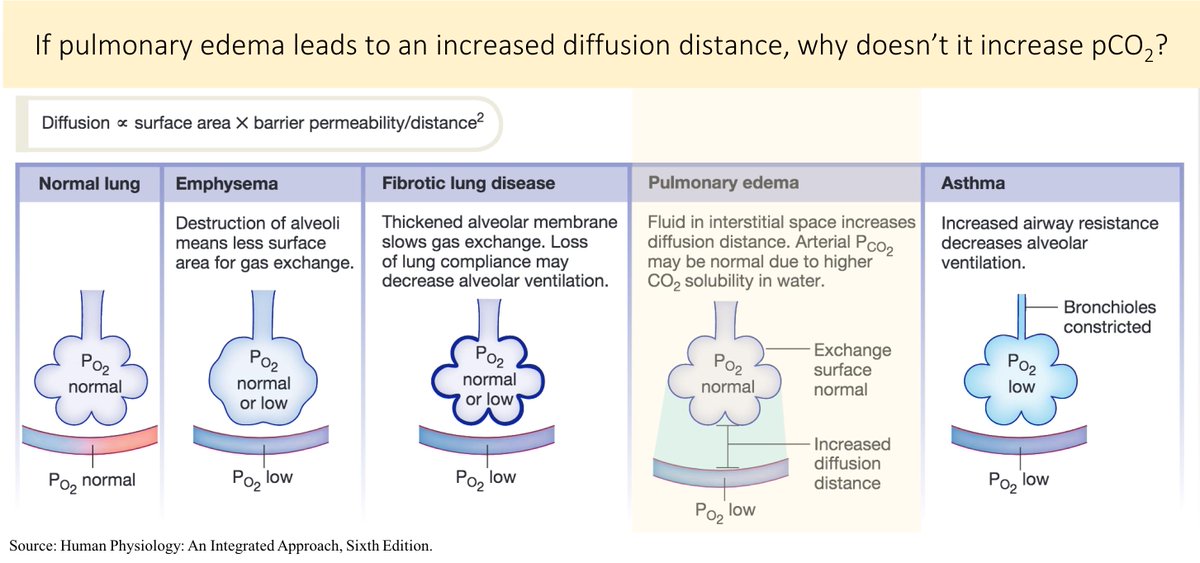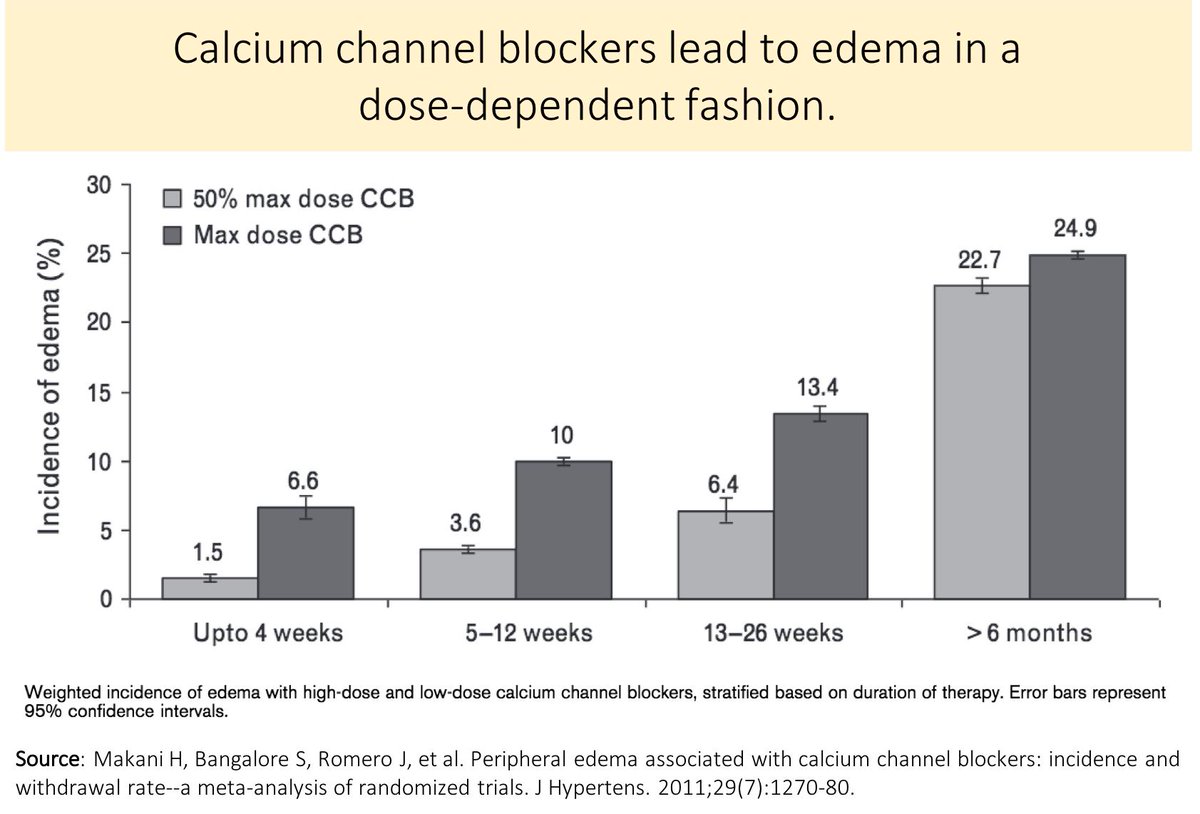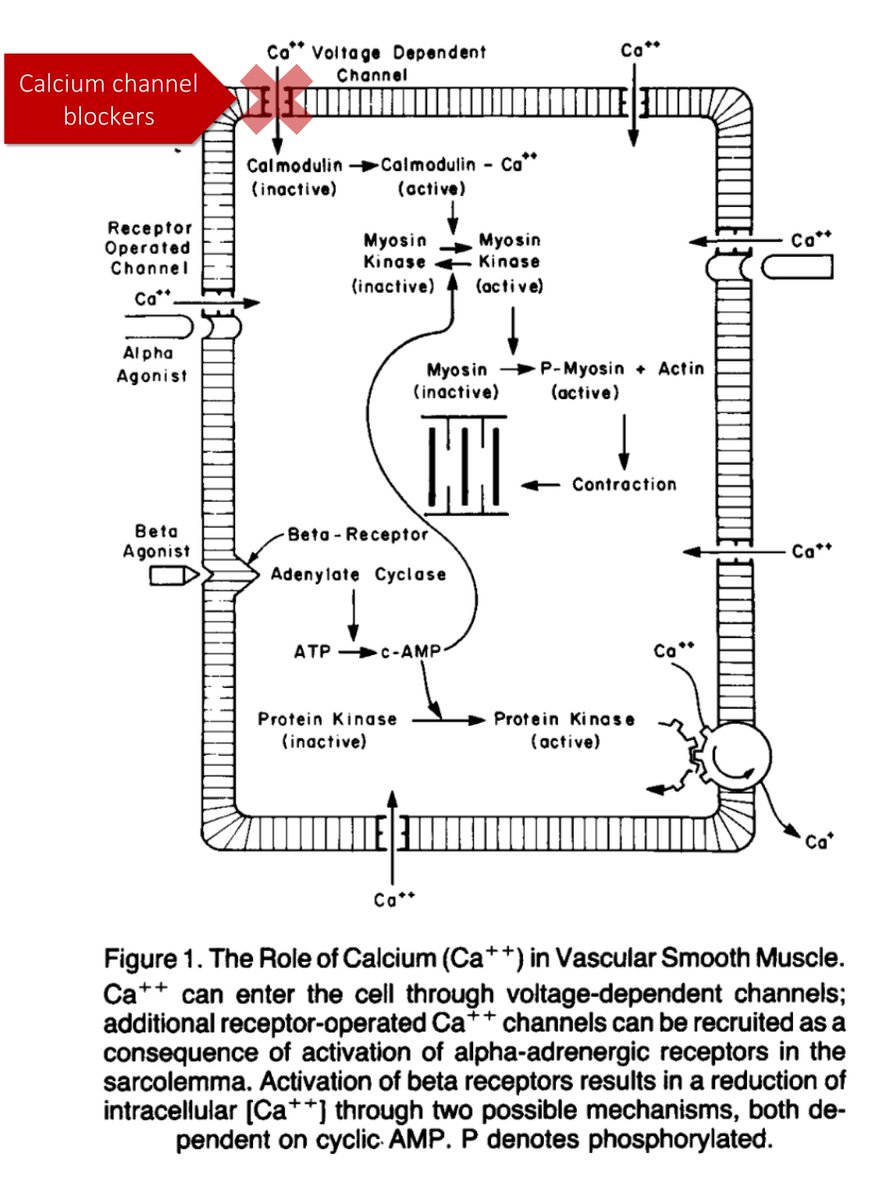Why do patients with acute hemorrhage become anemic?
I've spent way too much time recently thinking about this question. The explanation may seem obvious (if someone losses blood, they become anemic from, well, blood loss!), but the mechanism is far more interesting...
When someone bleeds, they bleed whole blood. The blood that is lost has the same concentration (hemoglobin) as the blood that is left behind (i.e., the blood that's still in the patient).
So, if you check a hemoglobin 5 minutes after a massive hemorrhage, what will you find?
The hemoglobin should be unchanged. They just bled blood that has the same concentration as what was left behind.
But they do become anemic, eventually. Why? Let's assume they aren't given liters of IVF. So, it there must be a fluid shift. Where does the fluid shift from?
The shift can't be from the intravascular space because that's where we're hoping to shift fluid into.
It isn't the intracellular space either...
To understand why, think about what causes fluid to move out of a cell: an increase in ECF concentration. When you bleed whole blood, the ECF concentration does not change. There is no reason for fluid to move out of cells.
Instead, the fluid comes from the interstitium.
Why would fluid shift from the interstitium? Baroreceptors sense a drop in arterial and venous pressure leading to an increase in sympathetic tone. This increase in tone leads to arteriolar vasoconstriction leading to decreased capillary pressure.
If you're interested in reading more about the pathophysiologic response to acute blood loss (there is more!), I highly suggest:
1. Arch Surg 1981;116:1344-1353 - awesome read (jamanetwork.com/journals/jamas…)
2. tinyurl.com/y89mo3ju
Here's one other fascinating read, though it does involve bleeding kittens...
physoc.onlinelibrary.wiley.com/doi/pdf/10.111…


This morning I channeled @rbganatra by asking myself
"What is anemia?"
What do you think? Is anemia:
a. A reduced absolute number of RBCs in the body
b. A reduced relative number of RBCs in the (e.g., decreased HCT/HBG) in the body:
Here's how @UpToDate defines anemia.
Seems to say "a" is the rigorous definition, while noting that we use "b" as a surrogate.

This fascinates me because tweet 4 in this string suggested that a patient is NOT anemic 5 minutes after a massive hemorrhage. But, using definition "a" (the "rigorous" definition), they would be anemic, despite a normal HCT/HGB!








